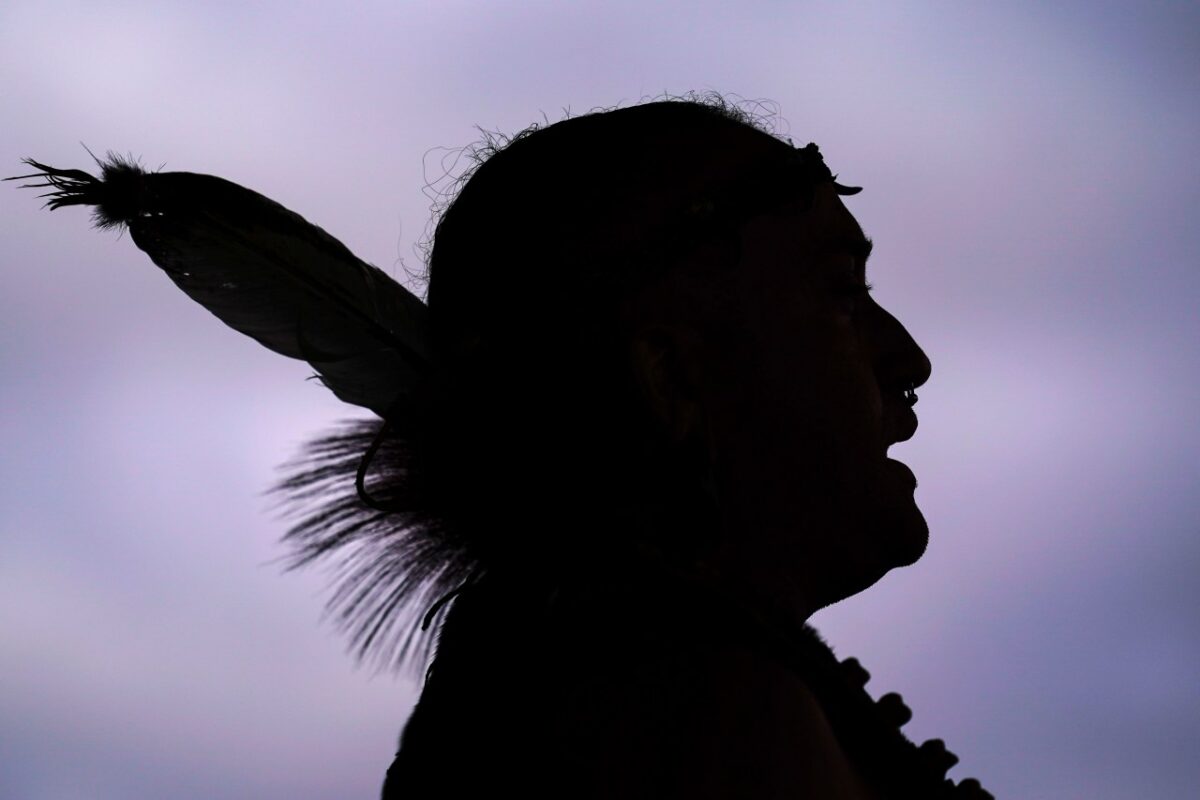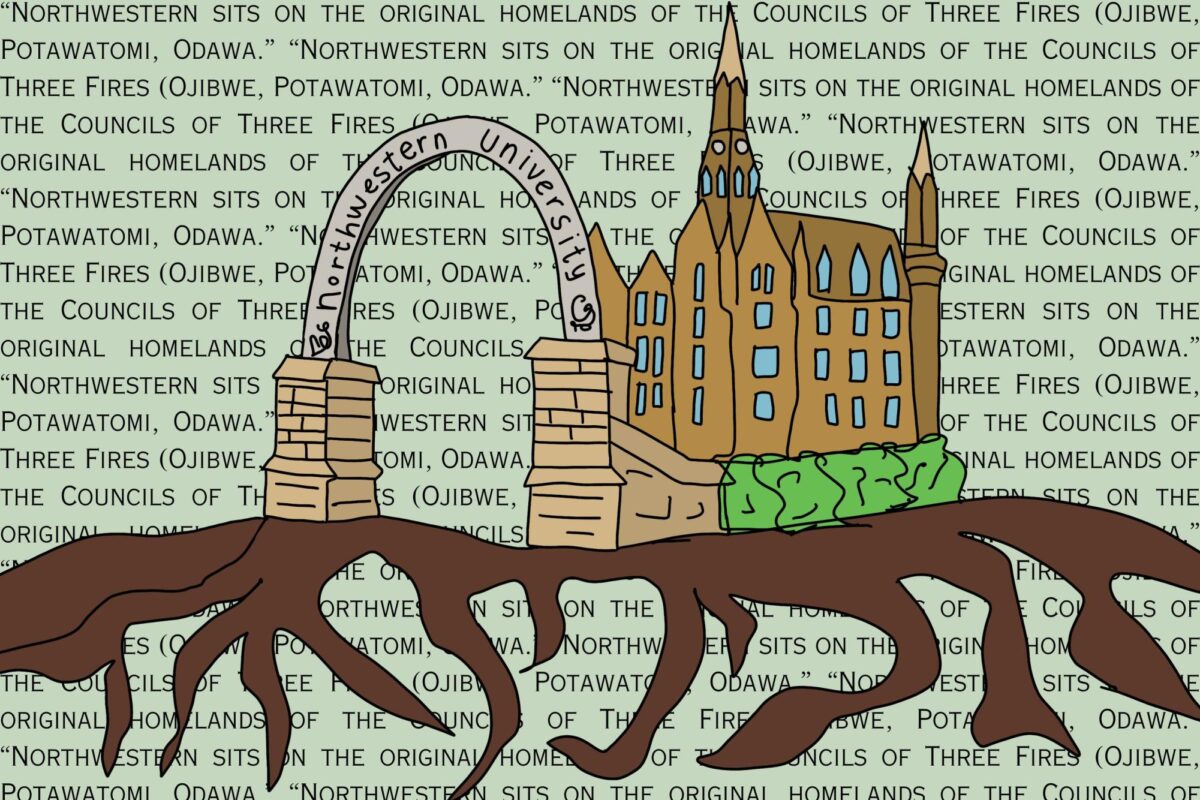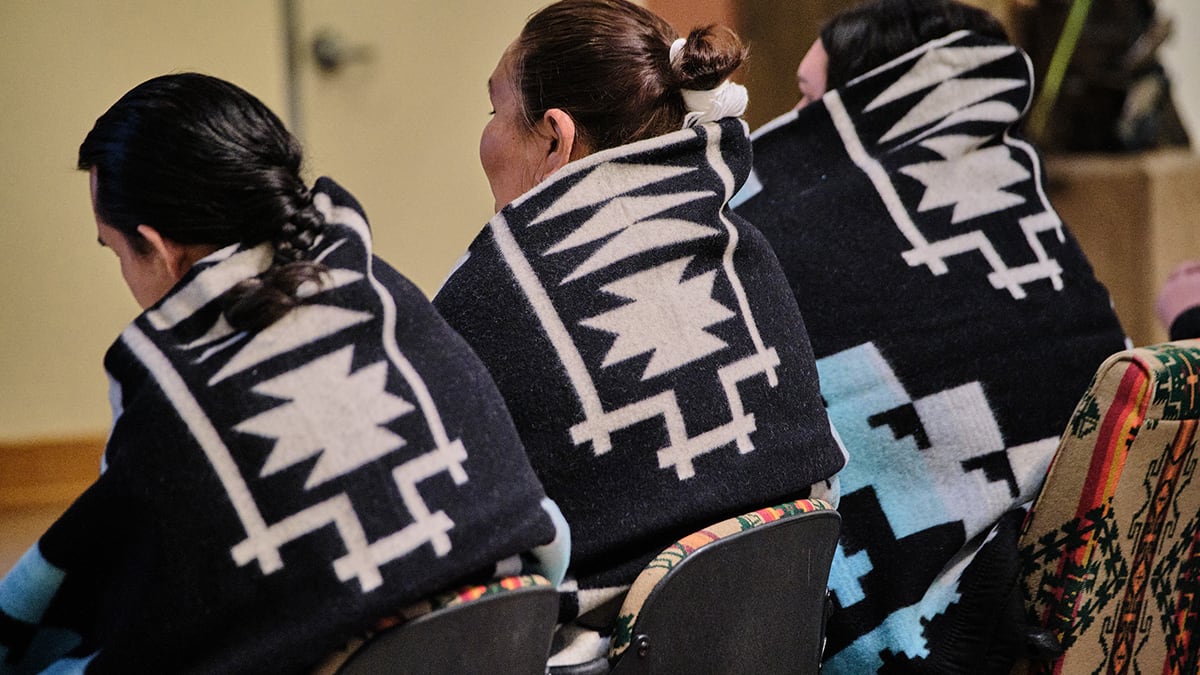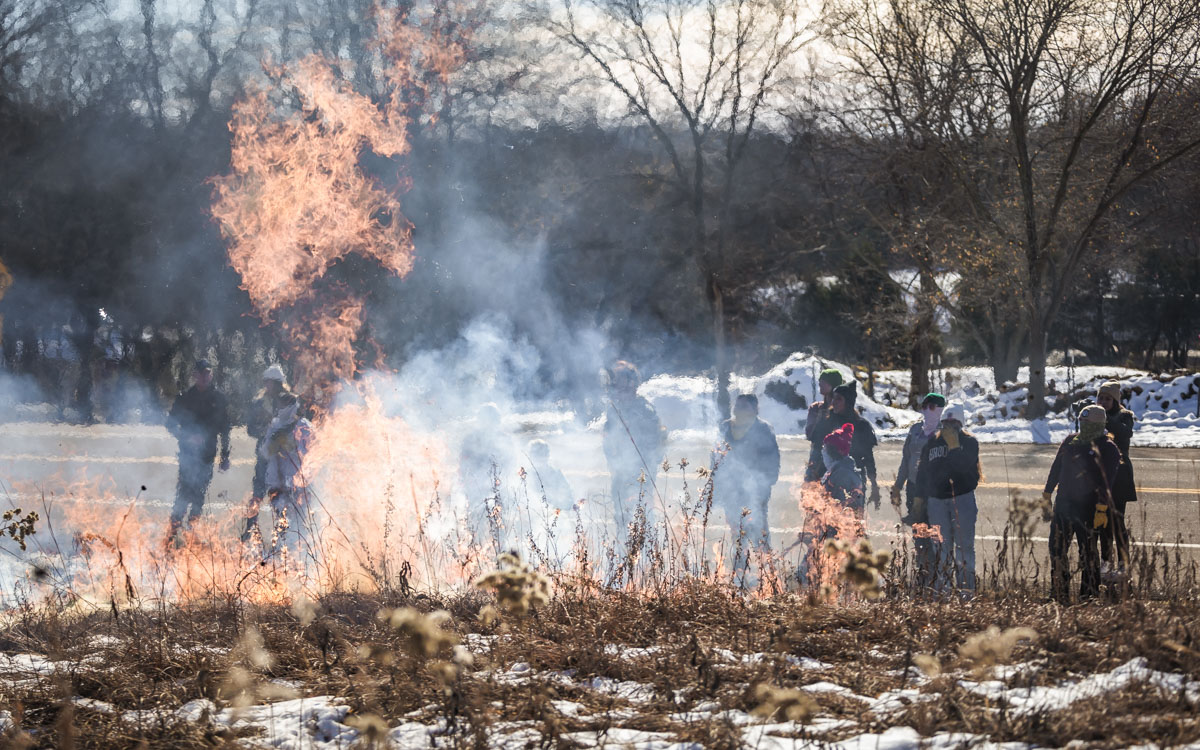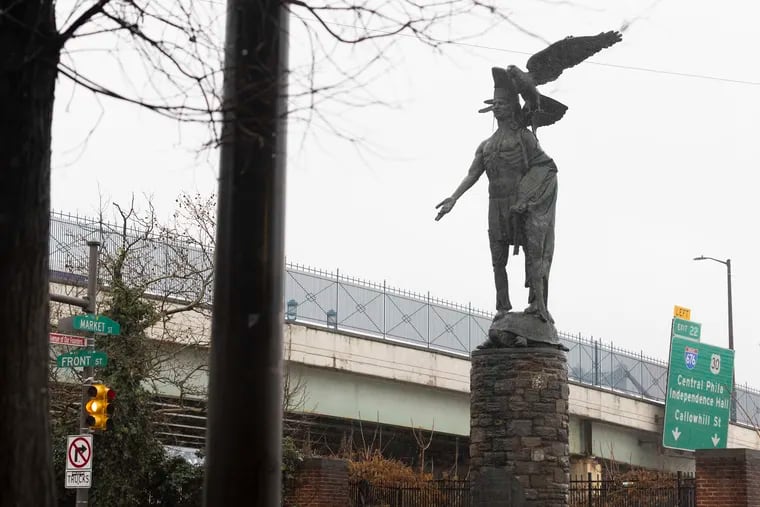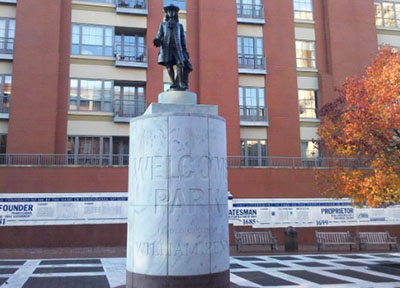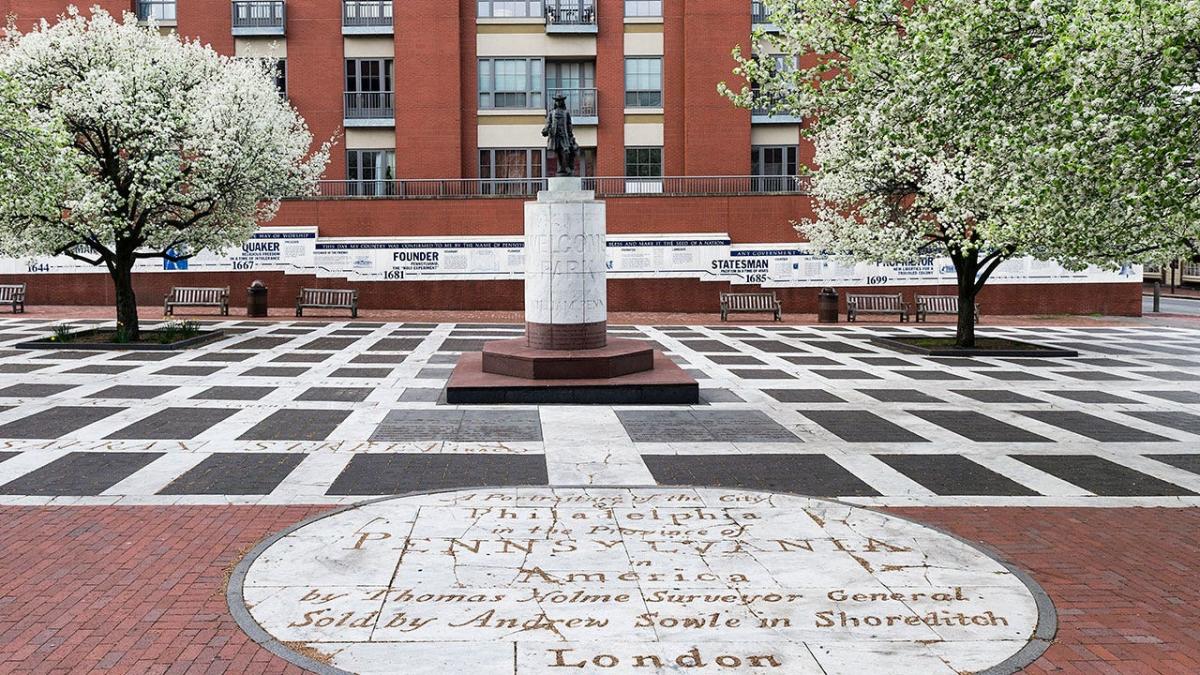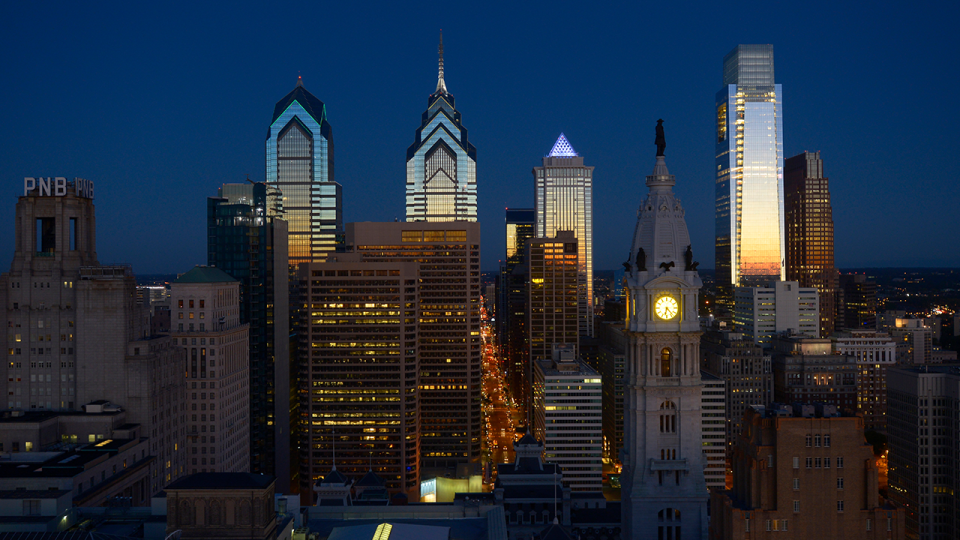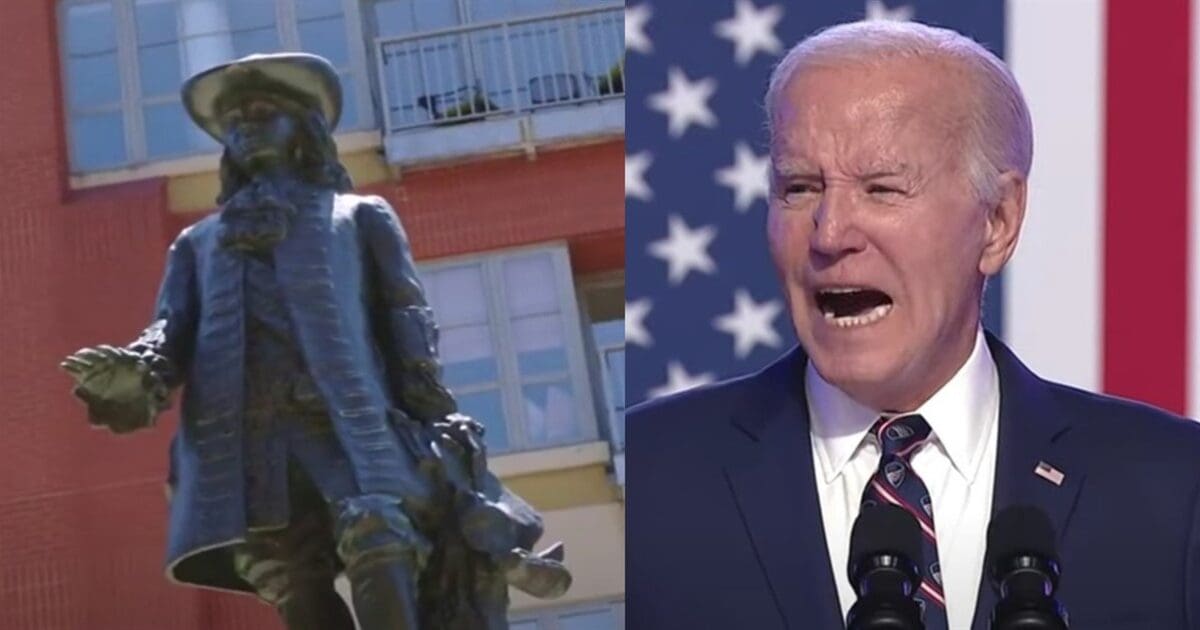Caesar’s Ford Theatre based in the Miami Valley is holding a webinar series on the significance of American Indian historical interpretation.
The nonprofit theater company’s mission is to tell historically accurate stories with actors who are citizens of federally recognized tribes. This series is meant to raise awareness of the work the theater wants to create, which are more drama productions.
The series kicked off earlier this month.
It featured American Indian speakers based out of Oklahoma sharing their experiences with historical interpretation.
One of the speakers, Levi Randoll, is chairman for the Delaware Tribe’s Cultural Preservation Committee. Here is how he defined historical interpretation.
“It’s important for real Native American folks to come out and help teach our own cultures and share that with you, so that you get a better, cleaner perspective of what the actual history of this country is,” Randoll said.
Jake Tiger is a cultural specialist with the Seminole Nation of Oklahoma. He said historical interpretation can show up in multiple formats, but he pays particular attention to the attire he wears during programming.
“When people see an American Indian wearing the clothing of that time period, it pulls them in and gets them really interested. With that kind of approach, it’s like someone from that time period set up a time machine and told you what happened,” he explained. “It’s super important not only to have the right information, but have the right person to do it.”
Randoll emphasizes the importance of someone from a federally recognized tribe must also be the one to portray tribal histories. He said, in his experience, this doe happen on the East Coast frequently. This is because many tribal communities Native to land along the Eastern U.S. were forcibly removed to the West between 1830 and 1850.
“Non-Native people, in my opinion, [are also] people from non-federally…
Continue reading
